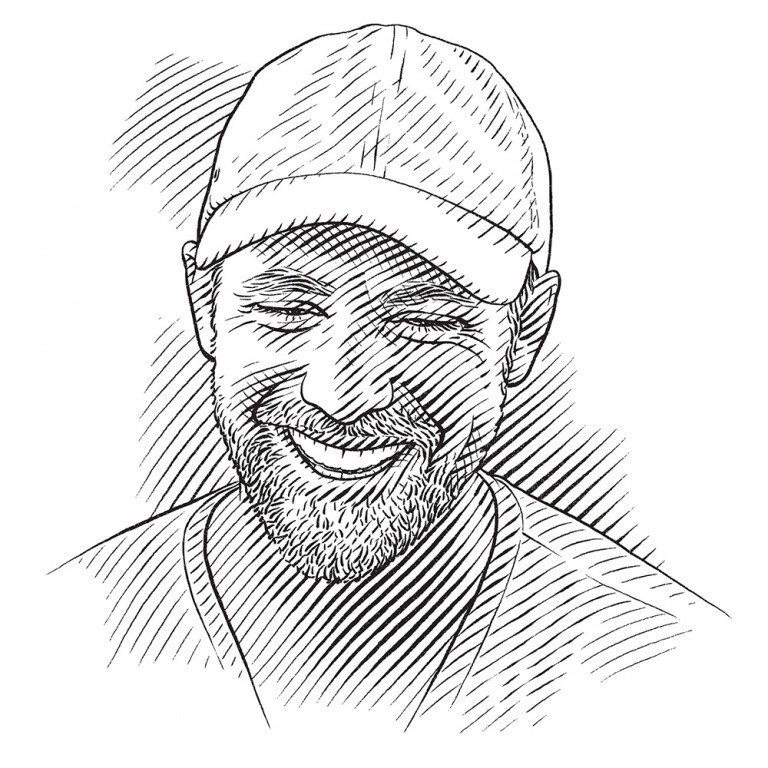Unravelling stingray secrets
If you’re a stingray – or a stingray researcher – St Joseph Atoll in the Seychelles is a good place to be. Chantel Elston tells of inroads being made into the vast unknown of stingray biology.
Words by Chantel Elston
Photo by Rainer von Brandis
I’d like you to stop for a moment and think of everything you know about stingrays. For most people, the answer is probably not much. In fact, I bet the first thing you’ll think of has something to do with the late Steve Irwin. But you needn’t worry; the truth is, the scientific community doesn’t know much about these animals either.
What we do know is that there are more than 70 species of whiptail stingrays belonging to a family called Dasyatidae. These animals have wide-ranging distributions and generally occur in shallow tropical waters. Evolutionarily they are closely related to sharks and share many similar features, such as having only cartilage in their skeletons. Unfortunately, though, the unanswered questions, including basics such as the size at maturity for many species, far outweigh the answered ones. Human curiosity is naturally attracted to what it finds most interesting and the larger and more charismatic animals, such as sharks, have been in the forefront of elasmobranch research. Consequently research on stingrays has lagged behind.
The Save Our Seas Foundation D’Arros Research Centre (SOSF–DRC) might be a pinprick in the Indian Ocean, but despite its tiny size and remote location, it’s in just the right spot to start closing this knowledge gap on stingrays. It is situated only one kilometre from St Joseph Atoll, a place that could easily be nicknamed ‘Stingray City’. Shallow sand flats surrounding a deeper lagoon teem with three stingray species, from juveniles through to adults.
The first question that SOSF–DRC scientific director Rainer von Brandis asked about these stingrays was, ‘What do they eat?’ Not surprisingly, he couldn’t find an accurate answer. Although numerous references in guide books and scientific literature state that the three species – cowtail ray Pastinachus sephen, mangrove whiptail Himantura granulata and porcupine ray Urogymnus asperrimus – eat benthic organisms and fish, only one detailed dietary study has been published, and that was on the porcupine ray in Australia. Rainer’s simple enquiry gave rise to a research project in 2014 that aims not only to delve into the three species’ diets, but to find answers to many other questions too.
Two successful field trips were conducted in 2014, during which we used the relatively novel non-lethal technique of gastric lavage (or stomach flushing) to collect stomach contents from 55 porcupine rays. In addition, we surgically implanted acoustic transmitters into 17 mangrove whiptails and 13 porcupine rays. At predetermined intervals, these transmitters send out pings that are recorded by a network of receivers in the lagoon. This will enable us to monitor the movements of these stingrays for the next couple of years, even when the researchers are away from the island.
SOSF D’Arros Research Centre
A biological field station based on D’Arros Island in the Amirantes Group, Seychelles, the SOSF D’Arros Research Centre (SOSF–DRC) conducts research on the pristine D’Arros Island and St Joseph Atoll and the waters around them. In recognition of the islands’ outstanding natural values, the research centre was established in 2004 and tasked with becoming a regional centre of excellence for marine and tropical island conservation. Initially, collaborations were established with local and international institutions and baseline ecological surveys were conducted in the various habitats. Over the ensuing years an increasing number of research projects and monitoring programmes were implemented in response to questions raised by the baseline surveys and by visiting scientists. More recently, the centre expanded its activities to include ecosystem restoration and environmental education.
Today the SOSF–DRC boasts the longest-running nesting turtle monitoring programme in the Amirantes and the most detailed and technically advanced coral reef monitoring programme in the Seychelles, making use of techniques such as stereo-video photogrammetry, photoquadrats, remote underwater video systems (BRUVs) and visual census. The research centre also maintains the largest acoustic receiver array in the Seychelles, which monitors the local movements of sharks, manta rays, stingrays, turtles and fish. Since its inception in 2004, the centre has initiated no fewer than 36 research projects in collaboration with more than 26 conservation institutions. The projects have resulted in 10 peer-reviewed scientific papers, one PhD and one MSc dissertation, five conference presentations and 27 scientific reports.

